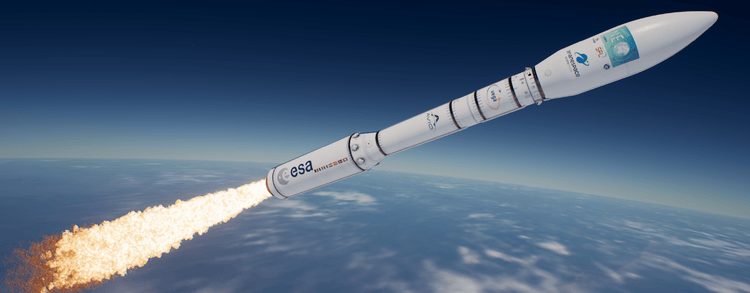Substance Painter
We use Substance Painter for its efficiency and quality in creating high-resolution textures quickly. After some research, to texture our 3D models with as few output maps as possible, we must have two UV sheets per model to keep optimization and gain in resolution. We opted for an ID system by vertex color to be able to assign our textures very easily and quickly, so a little extra preparation on 3ds Max (Vertex Paint) is necessary because baking by material color was not conclusive, as too many small objects make the ID drool.
After the preparation of our models and a well-arranged UV board, we import the model into Substance to bake and recover the various maps – including the ID maps – and then we allocate a texture by color ID, which is very fast after this preparation. Once all the textures have been attributed to each ID, we just export the maps in the desired quality and import them into Unreal Engine 4 or Unity to work on the scene.





